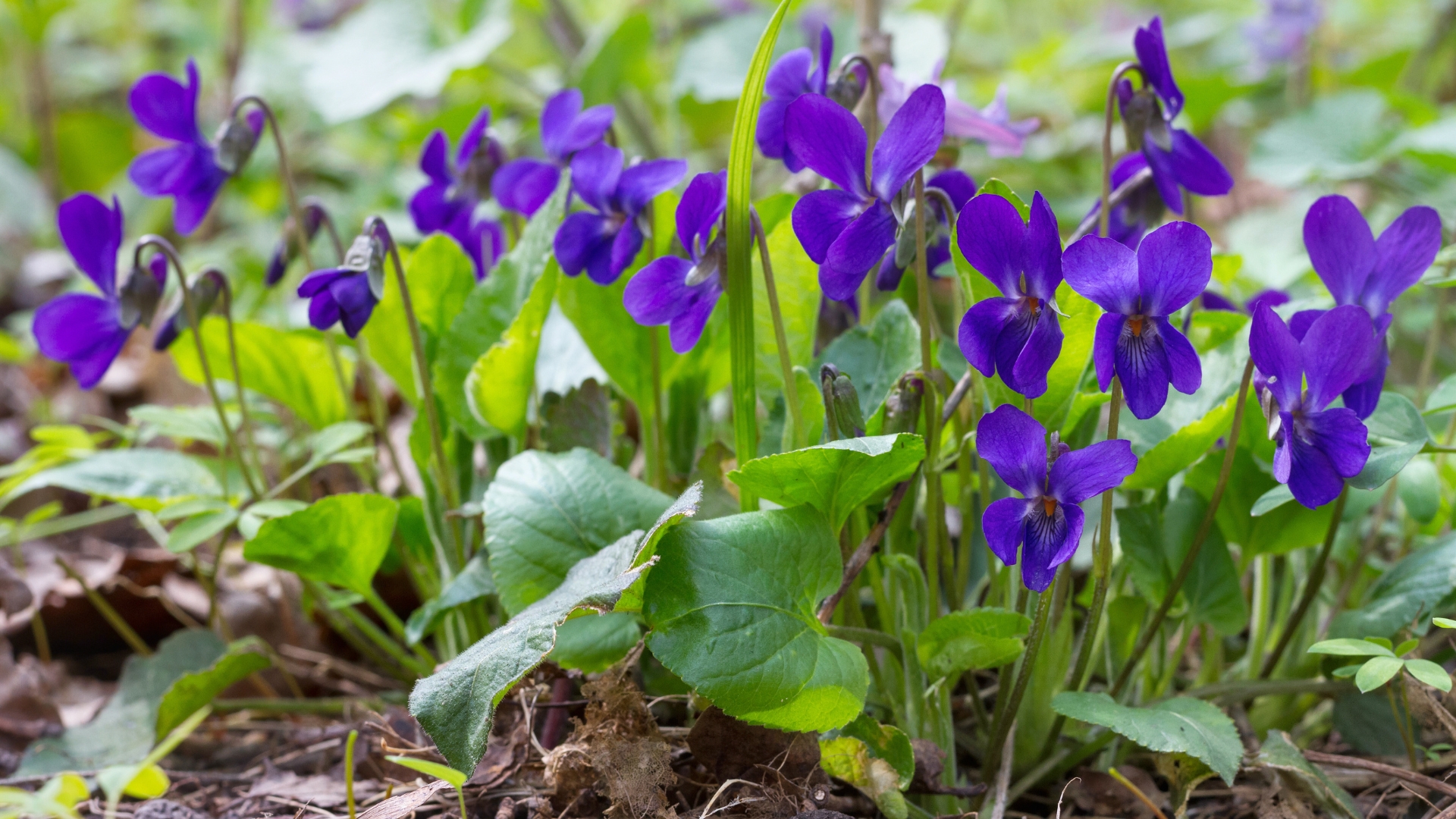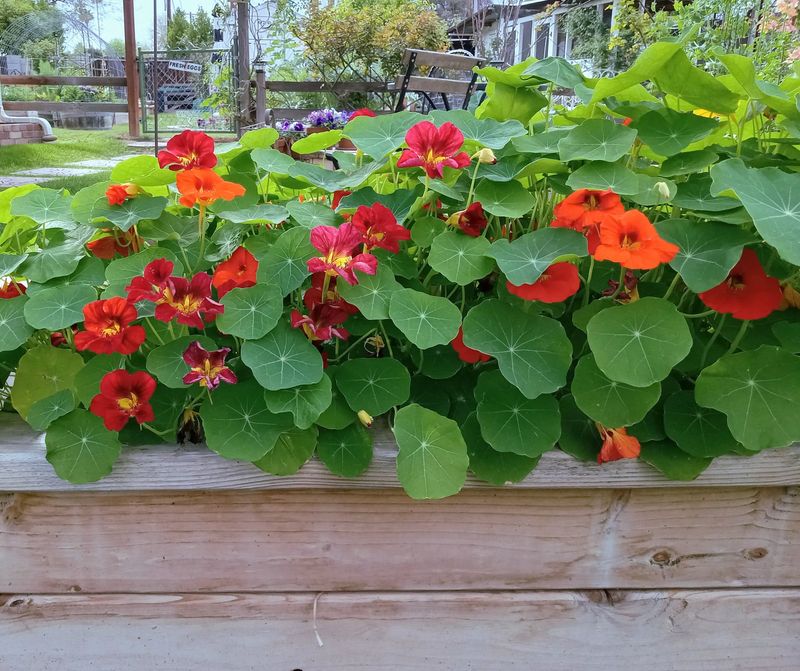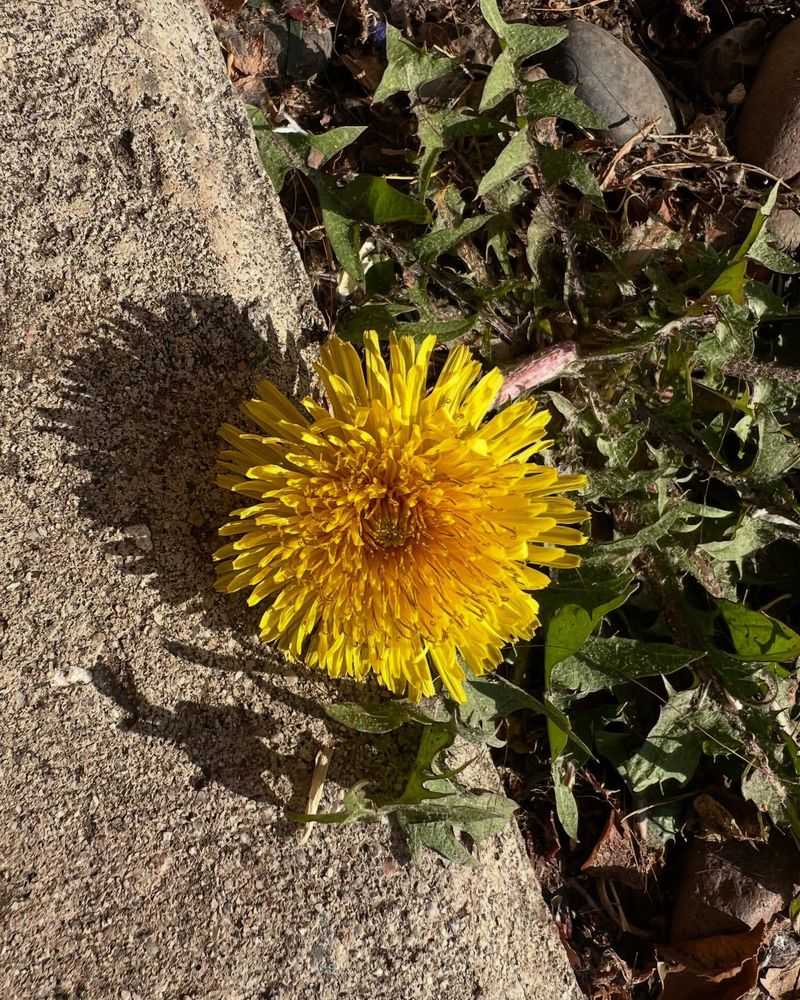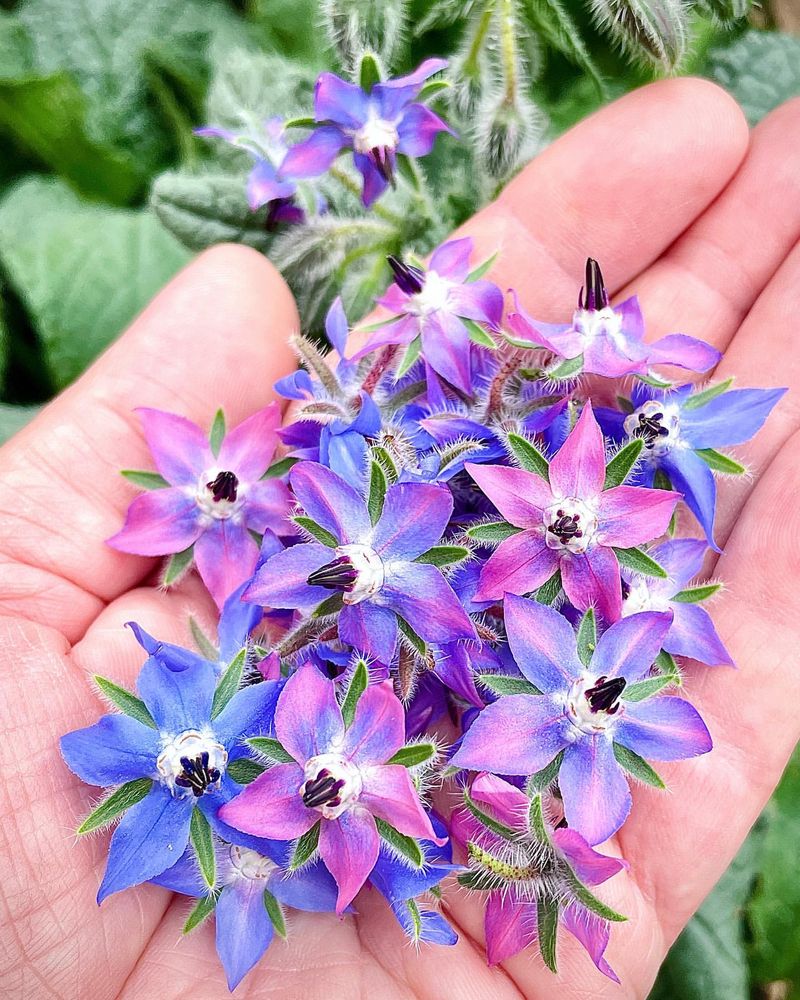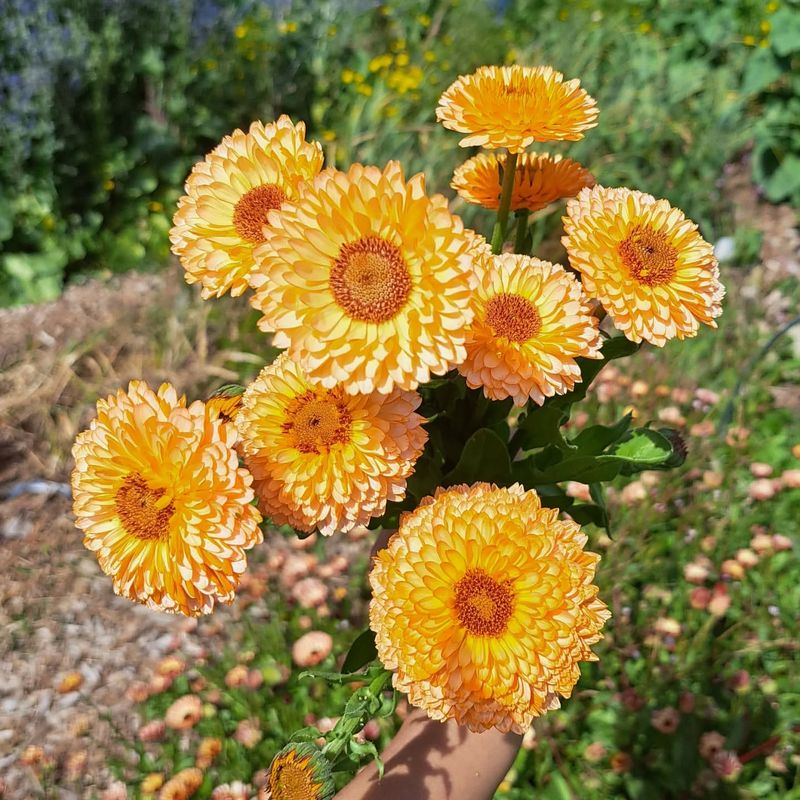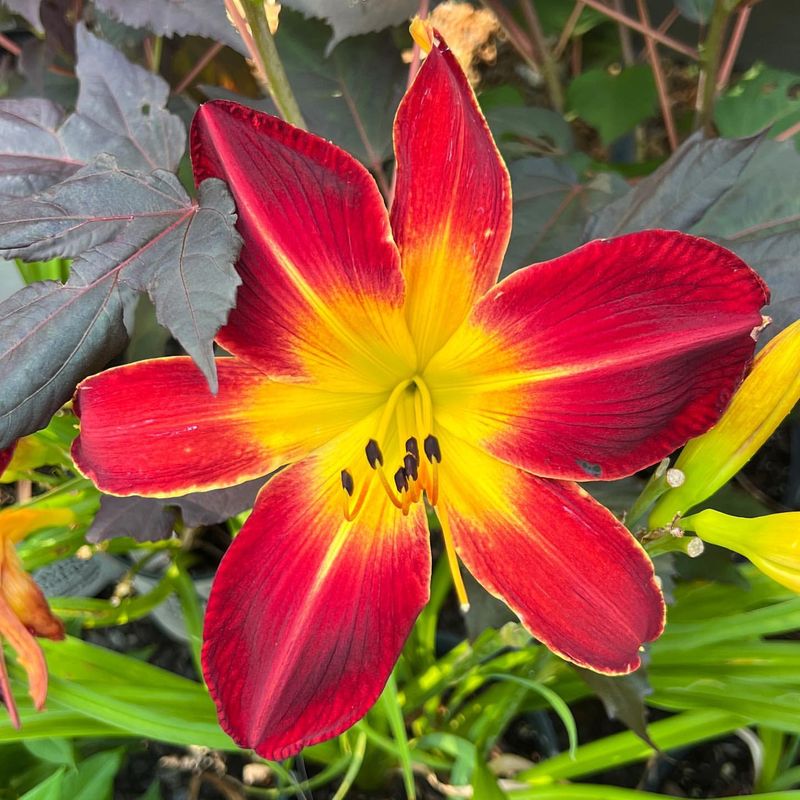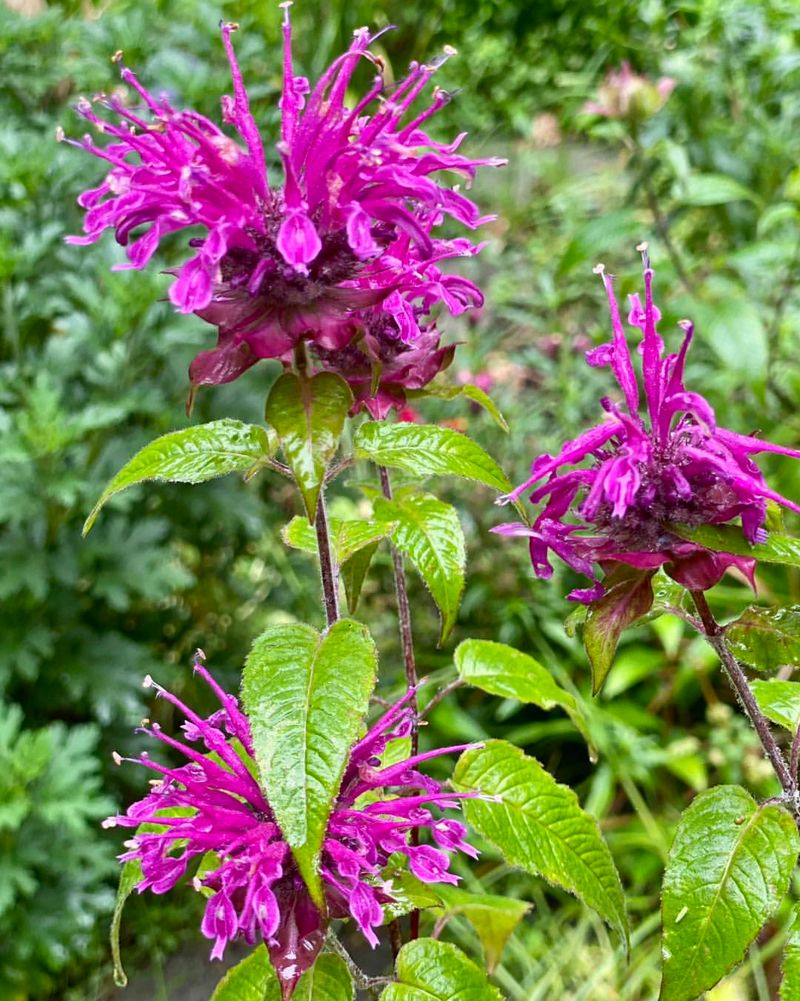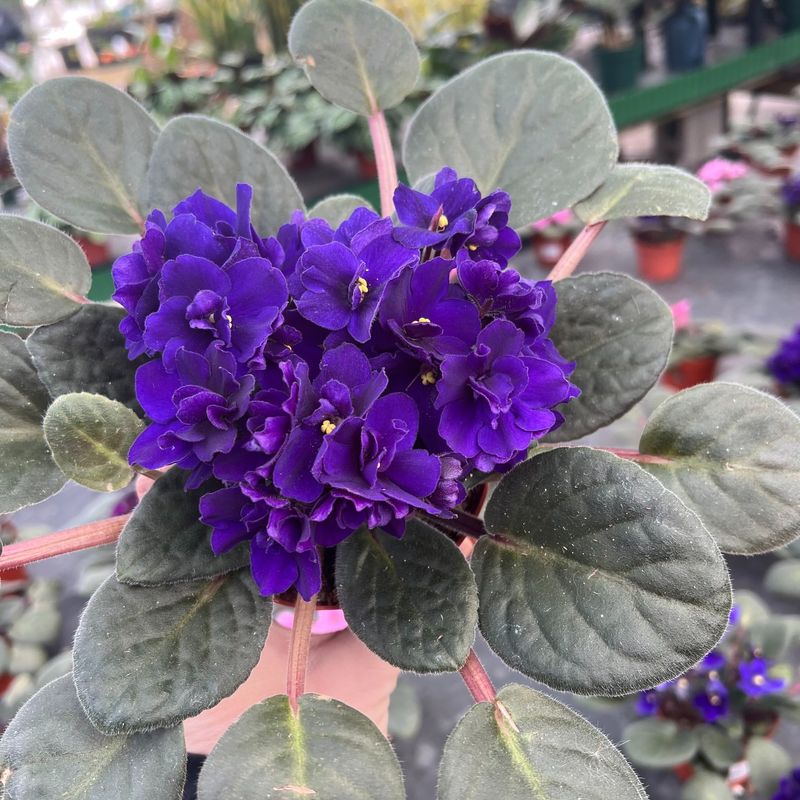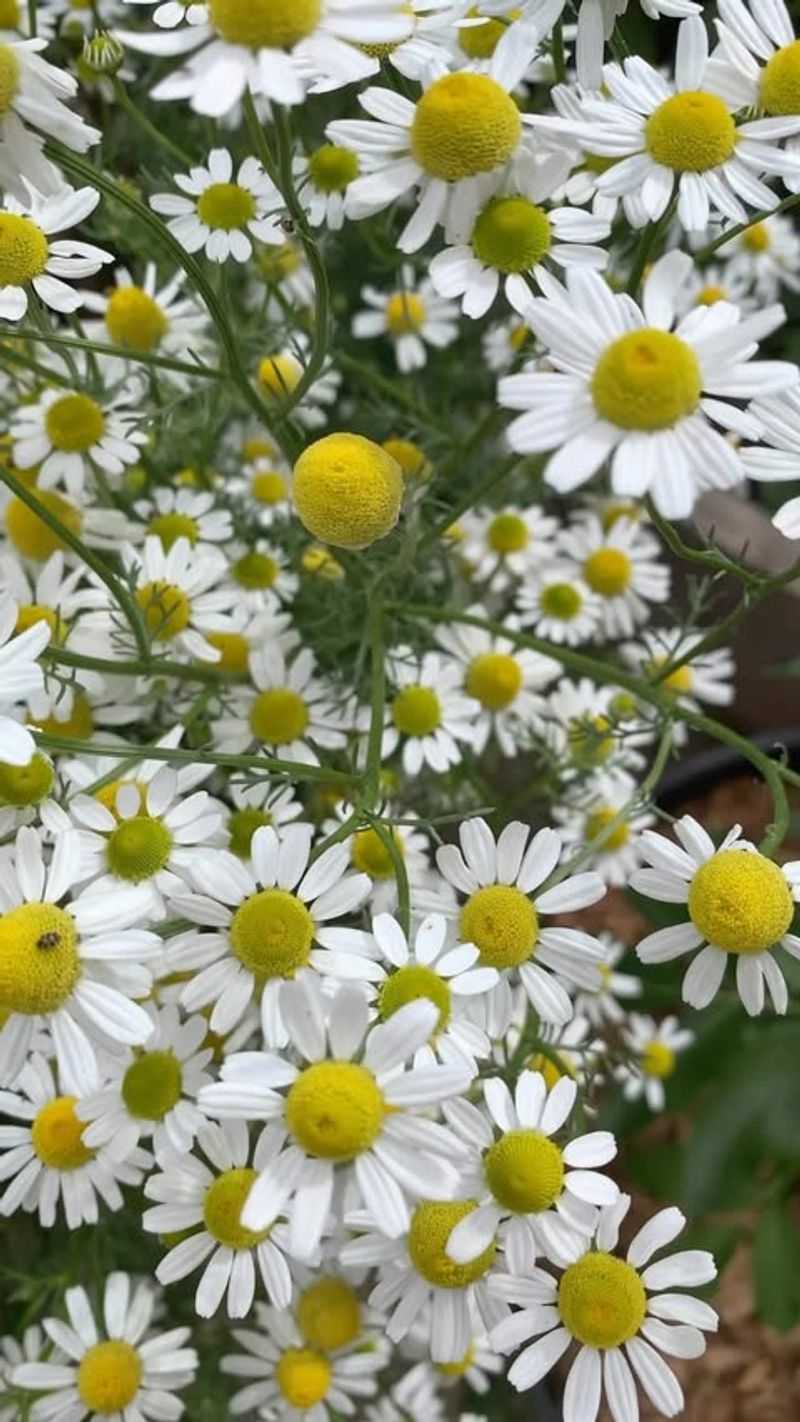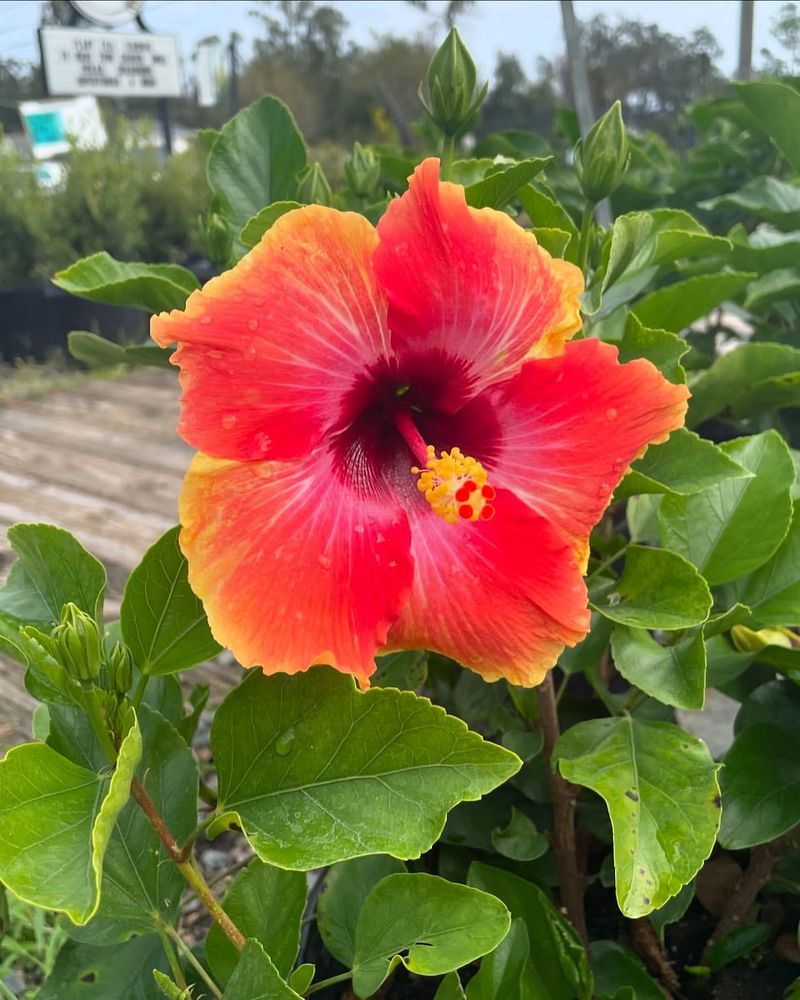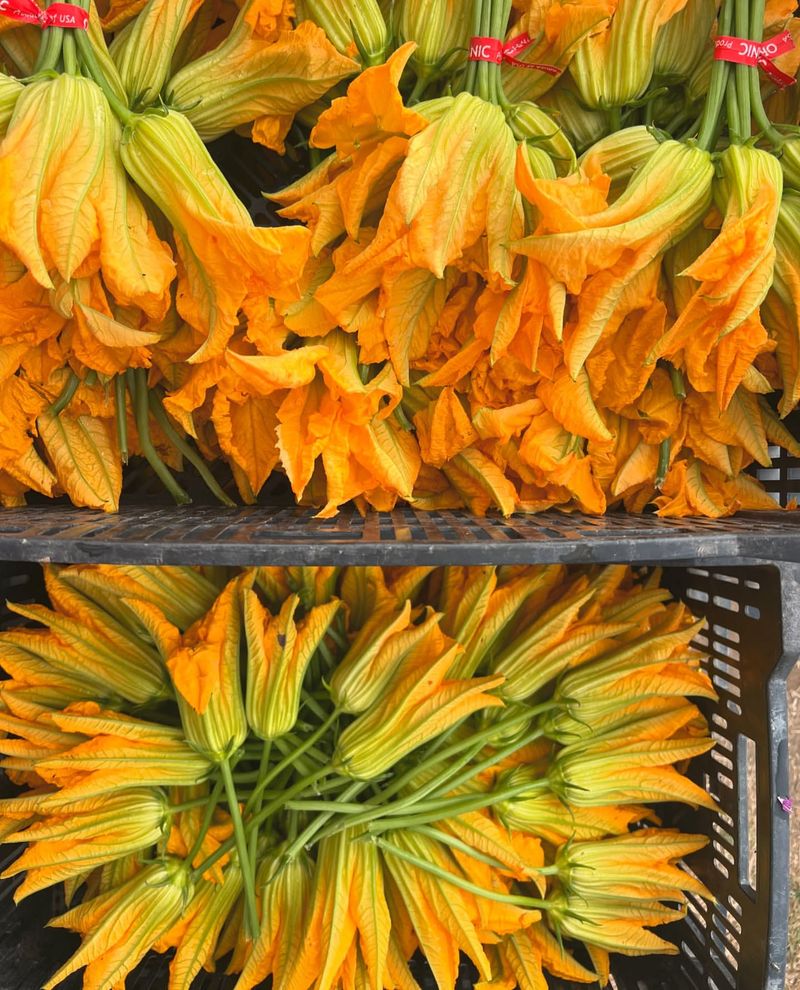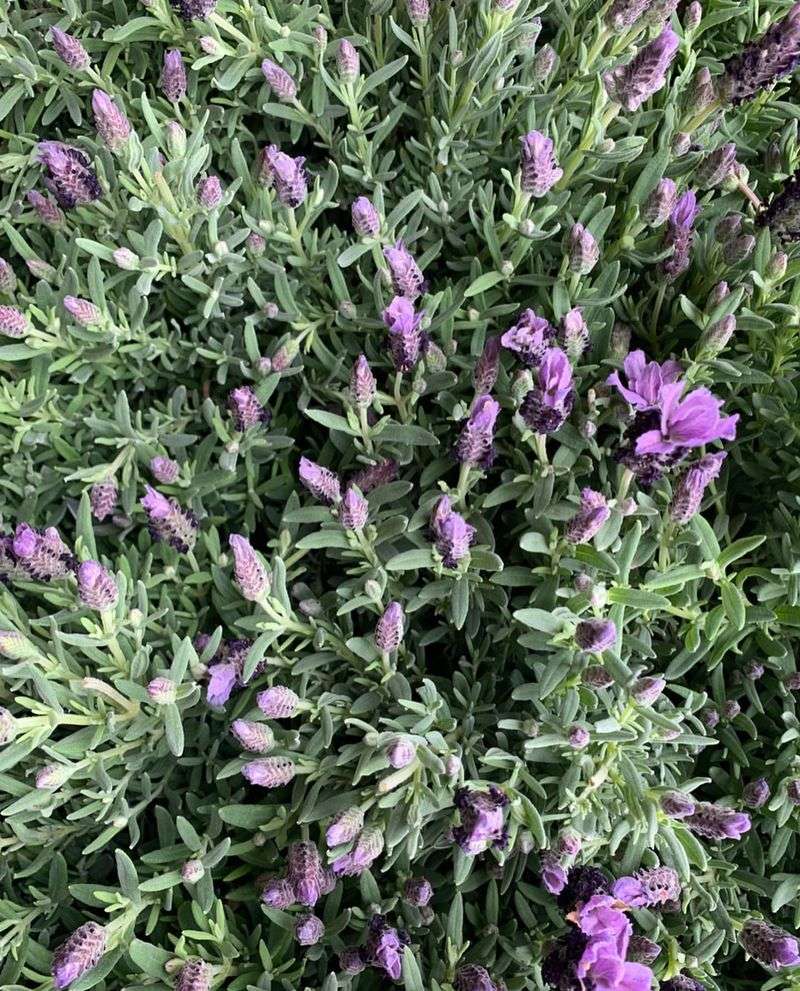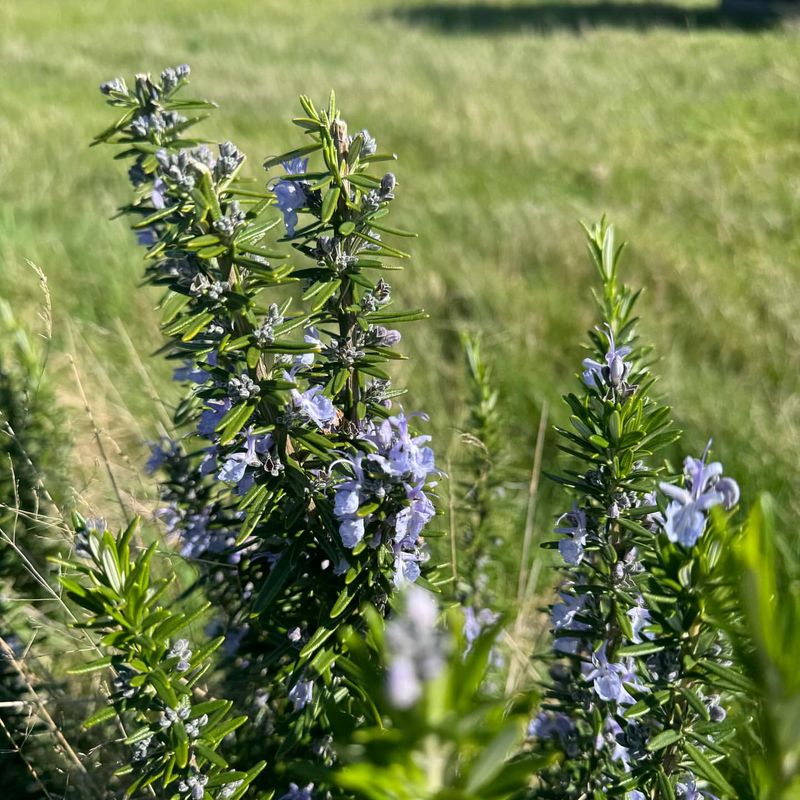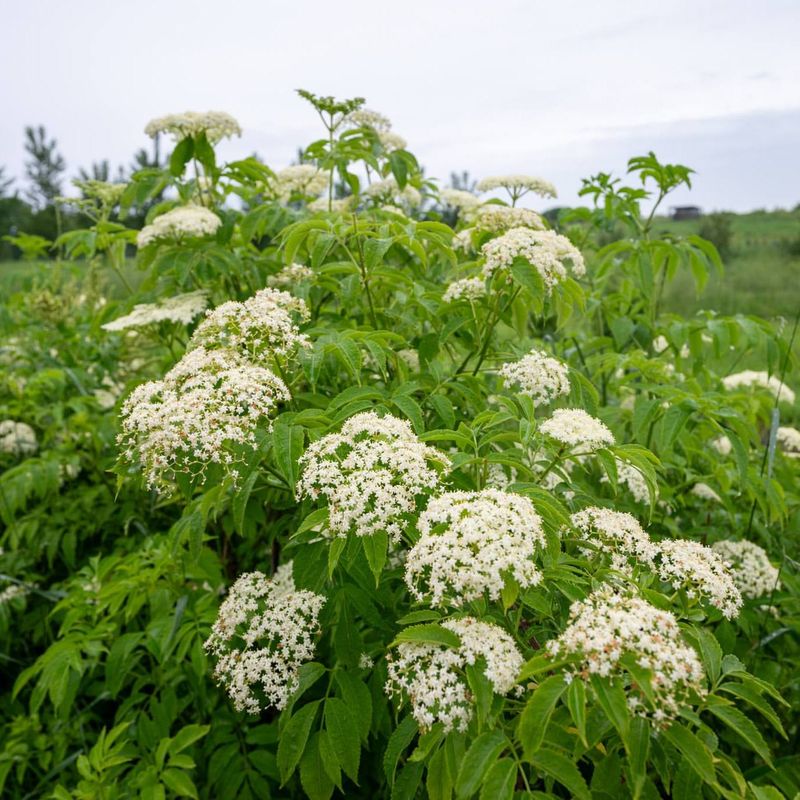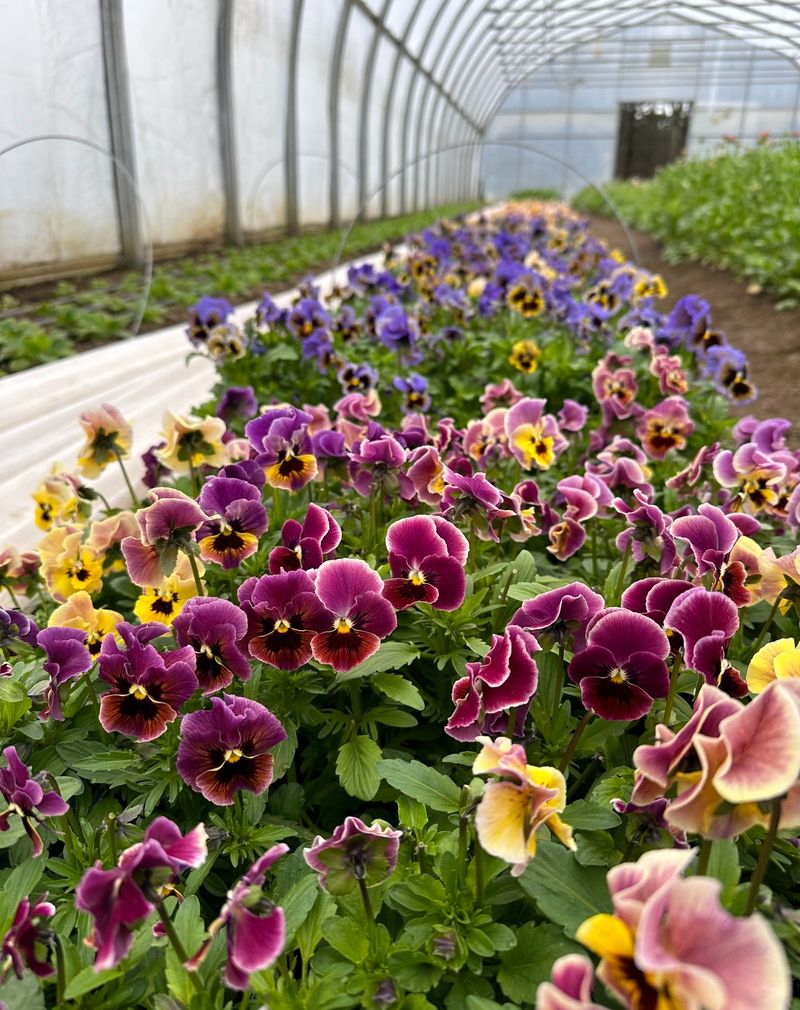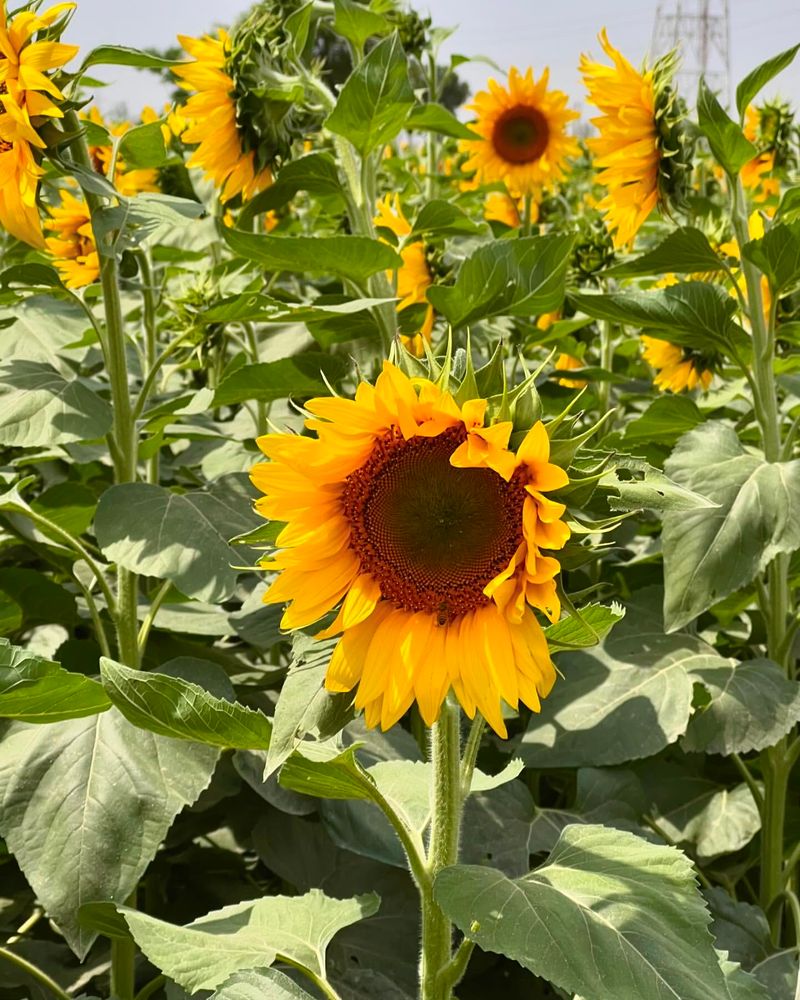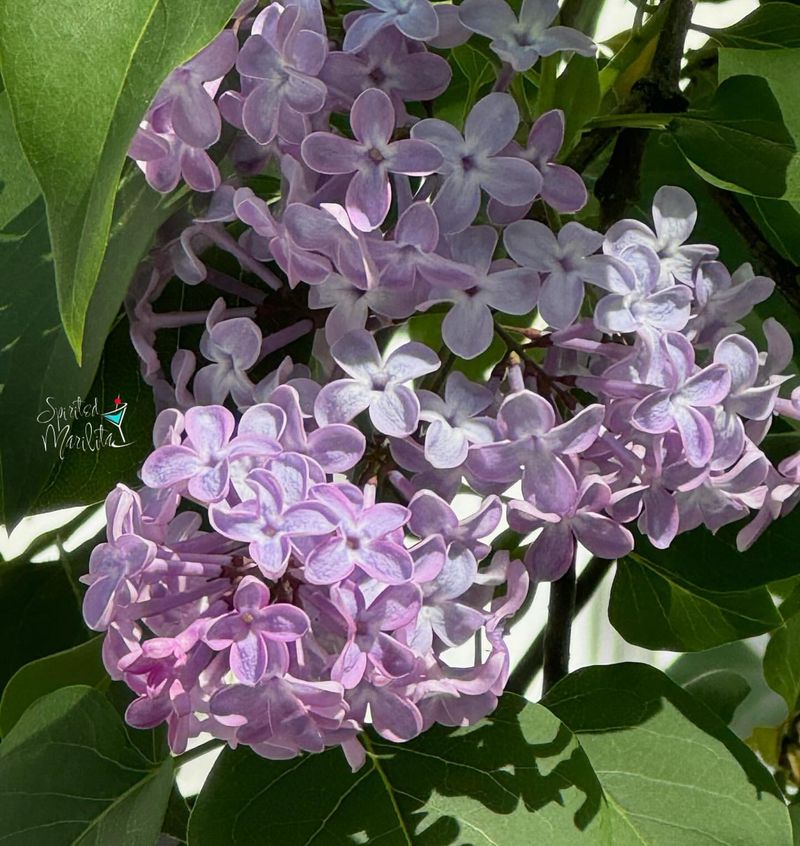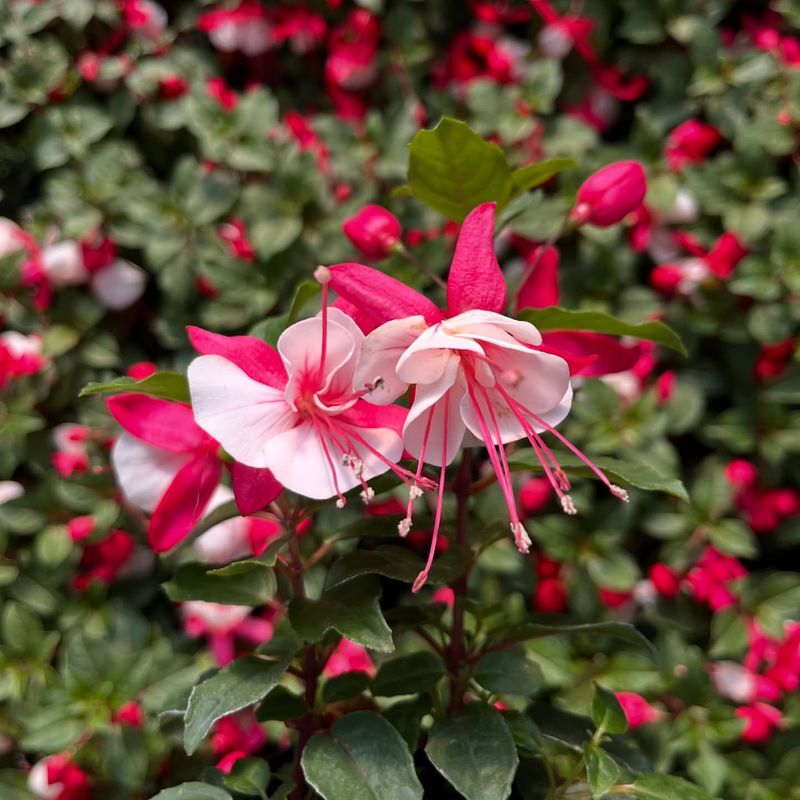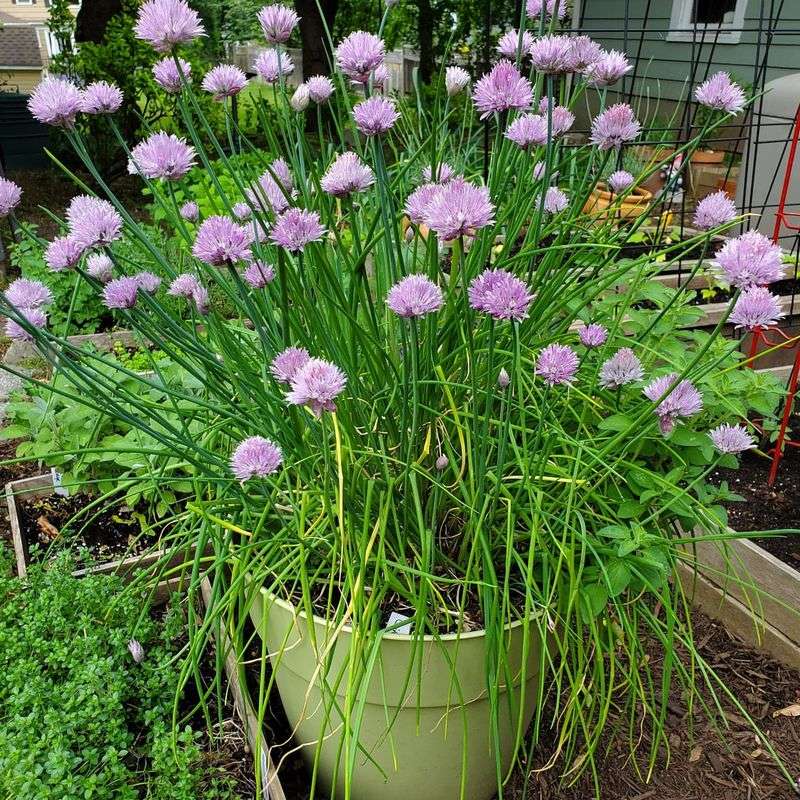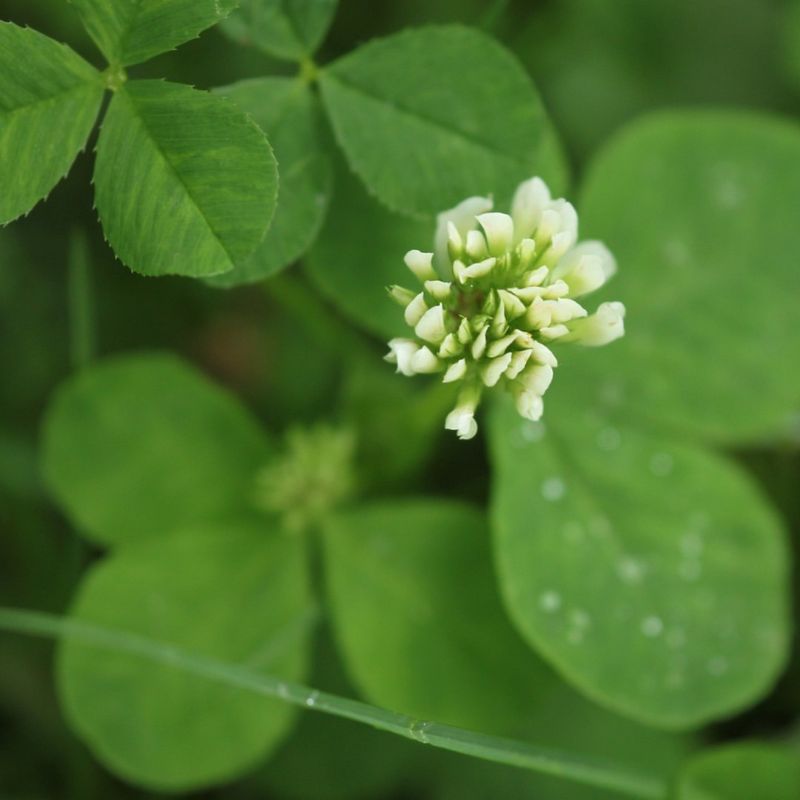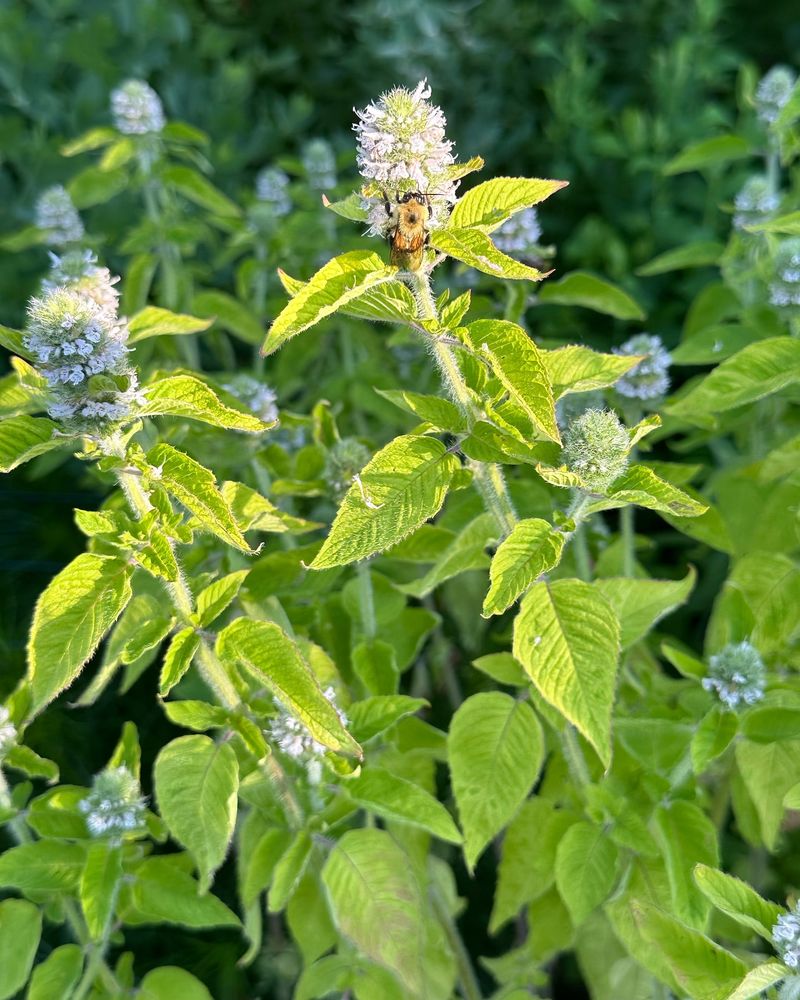You’d be amazed at how many plants and flowers are not only beautiful but also completely edible! Some of them might already be growing in your garden, just waiting to be added to a meal.
From unexpected leafy greens to vibrant flowers that taste as good as they look, there’s a whole world of edible plants hiding in plain sight. A few of these might even change the way you look at your yard. Here are 20 edible plants and flowers you probably didn’t know you could eat!
1. Nasturtium
Ever thought a flower could spice up your salad? Nasturtium flowers are not just eye-candy; they pack a peppery punch that can elevate the blandest of greens. These cheerful blooms thrive in sunny gardens, offering both beauty and flavor all summer long.
Sprinkle a handful atop your dishes, and watch your guests’ eyes widen with surprise and delight. Nasturtium leaves and seeds are equally edible, adding a mustard-like zest to your culinary creations.
2. Dandelion
Those persistent yellow weeds invading your lawn? Dandelions are actually versatile edibles, boasting a mild, slightly bitter taste. Young leaves make a delicious base for salads, while the flowers can be fried into fritters for a unique treat.
Their roots, when roasted, can be ground into a caffeine-free coffee alternative. This humble plant proves that beauty and utility often lie in the most unexpected places.
3. Borage
Could a star-shaped blossom hold the key to refreshing summer drinks? Borage flowers, with their striking blue hue, offer a subtle cucumber flavor, perfect for infusing into beverages. They bloom abundantly, ensuring your garden stays colorful and your drinks remain intriguing.
Use the leaves in salads or as a garnish to add a surprising twist to your meals. Borage might just become your new garden star, enhancing both visual and culinary appeal.
4. Calendula
Think marigolds are just for decoration? Calendula, commonly known as pot marigold, brings a mild, peppery taste to the table. These golden blooms can be sprinkled over salads or used to color culinary creations with their saffron-like hue.
This versatile flower doesn’t just look good; it also adds a dash of sunshine to soups and stews. Embrace the cheerful calendula and watch your garden turn into a feast for both the eyes and palate.
5. Daylily
A flower that opens with the sun and closes by night seems almost magical. Daylilies are not only beautiful but also edible, with a sweet, floral flavor that surprises the senses.
Their petals can be tossed into salads, or try them sautéed for a unique side dish. Buds and tubers are also edible, offering a mild, vegetable-like taste. Daylilies transform any meal into a celebration of nature’s bounty.
6. Bee Balm
When a flower can attract bees, it must have something sweet to offer. Bee balm, with its red and pink florets, tastes like a blend of mint and oregano. Perfect for teas or desserts, it’s a delightful surprise on the taste buds.
These flowers also make a lovely addition to salads, imparting a hint of citrusy freshness. Bee balm’s vibrant colors and flavors make it a garden standout.
7. Violet
In the world of edible flowers, violets stand out for their delicate beauty and subtle sweetness. These charming blooms offer a mild, sweet flavor that is perfect for candied flowers or as a garnish for desserts.
Their heart-shaped leaves are also edible, adding a gentle, earthy taste to salads. Violets are a delightful addition to any garden, providing both visual appeal and culinary possibilities. Discover the gentle allure of violets and let them elevate your dishes.
8. Chamomile
Ever brewed a calming cup of chamomile tea? Chamomile flowers are famous not just for their soothing properties but also for their apple-like flavor. These tiny daisy-like blooms can be used fresh or dried, adding a touch of tranquility to teas and desserts.
Sprinkle them over cakes for a whimsical touch, or infuse them in syrups. Chamomile is a gentle reminder that sometimes the smallest flowers hold the most calming secrets.
9. Hibiscus
The striking hibiscus flower is more than just a tropical beauty; it’s a flavor powerhouse. Known for its tart, cranberry-like taste, hibiscus is perfect for making refreshing teas and syrups.
These vibrant blooms can also be candied or used to add a dash of color to salads. Hibiscus is a testament to the idea that the most vibrant plants often have the most vibrant flavors. Let this bold flower bring a taste of the tropics to your table.
10. Squash Blossoms
Could there be a vegetable garden without the cheerful squash blossom? These bright yellow flowers are not just pretty; they’re deliciously edible, offering a mild, squash-like flavor.
Use them in salads, stuff them with cheese, or fry them for a delightful appetizer. Their versatility in the kitchen makes them a favorite among chefs and gardeners alike. Squash blossoms are a testament to nature’s ability to surprise and delight even the most seasoned foodies.
11. Lavender
Have you ever considered that a flower known for its fragrance could also be a culinary delight? Lavender, with its sweet, floral aroma, can add a unique flavor to desserts and beverages.
Use it to infuse honey, syrups, or even ice cream for a touch of sophistication. This aromatic herb transcends its beauty, bringing an elegant twist to your culinary creations. Lavender proves that sometimes fragrance and flavor go hand in hand.
12. Rosemary Flowers
While rosemary is famed for its aromatic leaves, the flowers are an unexpected culinary gem. These delicate pale blue blooms provide a milder version of the herb’s signature pine-like flavor.
Sprinkle them over salads or use them to garnish meats for a subtle, fragrant twist. In the garden, rosemary flowers add a charming pop of color to the evergreen shrub. Let these blooms complement your dishes with their gentle, aromatic presence.
13. Elderflower
Elderflower, with its delicate white blooms, offers a light, floral flavor reminiscent of pear and lychee. These tiny flowers are perfect for infusing into cordials, jams, or desserts, providing a fragrant note that elevates any dish.
In the garden, elderflowers attract pollinators, adding both beauty and biodiversity. This understated bloom is a testament to the subtle elegance of nature’s edible offerings. Let elderflower be your secret ingredient for delightful culinary creations.
14. Pansy
Bringing a splash of color, pansies offer more than just visual appeal. These cheerful flowers have a mild, slightly sweet flavor, making them a novel addition to salads or desserts.
Use them to garnish cakes or cocktail glasses, where their vibrant hues can shine. Pansies are a reminder that edible flowers can be both beautiful and delicious. Let these charming blooms brighten not only your garden but also your culinary creations.
15. Sunflower
Sunflowers aren’t just a feast for the eyes; they’re a surprising culinary delight. Beyond the seeds, the unopened buds can be steamed like artichokes, offering a unique, nutty flavor.
Their young petals can add a splash of color to salads, acting as an unexpected edible garnish. In a garden, sunflowers stand as tall and proud sentinels, offering more than just sunny smiles. Embrace the sunflower’s versatility and let it surprise your palate.
16. Lilac
Who knew the fragrant lilac could grace your table as well as your vase? These beautifully scented flowers have a delicate citrusy flavor that can enhance syrups and desserts.
Sprinkle them over sorbets or infuse them into lemonade for a fragrant twist. In your garden, lilacs provide a burst of color and aroma each spring. Celebrate the season with lilacs, and let their subtle flavor elevate your culinary delights.
17. Fuchsia
Fuchsia flowers, with their vibrant pink and purple hues, are as tasty as they are beautiful. These edible blooms offer a mild, tangy flavor that pairs well with desserts and salads.
Use them to add a pop of color to your dishes or candy them for a sweet, decorative touch. Fuchsias are a delightful reminder that sometimes beauty and flavor come in the same package. Let these charming flowers add a vibrant twist to your culinary adventures.
18. Chive Blossoms
Chive blossoms are the garden’s little flavor bombs, offering a delicate onion taste to those in the know. These pretty purple flowers can be sprinkled over salads or used to garnish soups and stir-fries.
Their mild, onion-like flavor adds a subtle kick without overwhelming the dish. In the garden, chive blossoms attract pollinators, making them both beautiful and beneficial. Let these tiny blossoms enhance your dishes with their surprising flavor.
19. Clover
Clover flowers, often overlooked, bring a sweet, anise-like flavor to the table. These petite, fragrant blooms can be used to make teas or infused into honey for a delightful twist.
Add them to salads for a touch of sweetness, or use them to decorate desserts. In the garden, clover enriches the soil while attracting beneficial insects. Embrace the humble clover and discover its hidden culinary charm.
20. Mint Flowers
Mint flowers, tiny yet mighty, offer a surprising burst of minty freshness beyond the usual leaves. These delicate purple blooms can enhance teas, desserts, and cocktails with their aromatic flavor.
Use them as garnishes for a refreshing twist, or infuse them into syrups for a minty kick. In the garden, mint flowers attract bees and butterflies, adding life and color. Let these blossoms invigorate your dishes with their lively essence.

